St. John’s Episcopal Church in Richmond, Va., is not just the oldest church in the city (built in 1741), it is the site of a major speech that one could argue ensured the success of the American Revolution.
“Give me liberty, or give me death!” Patrick Henry cried.
Perhaps you’ve heard of it?
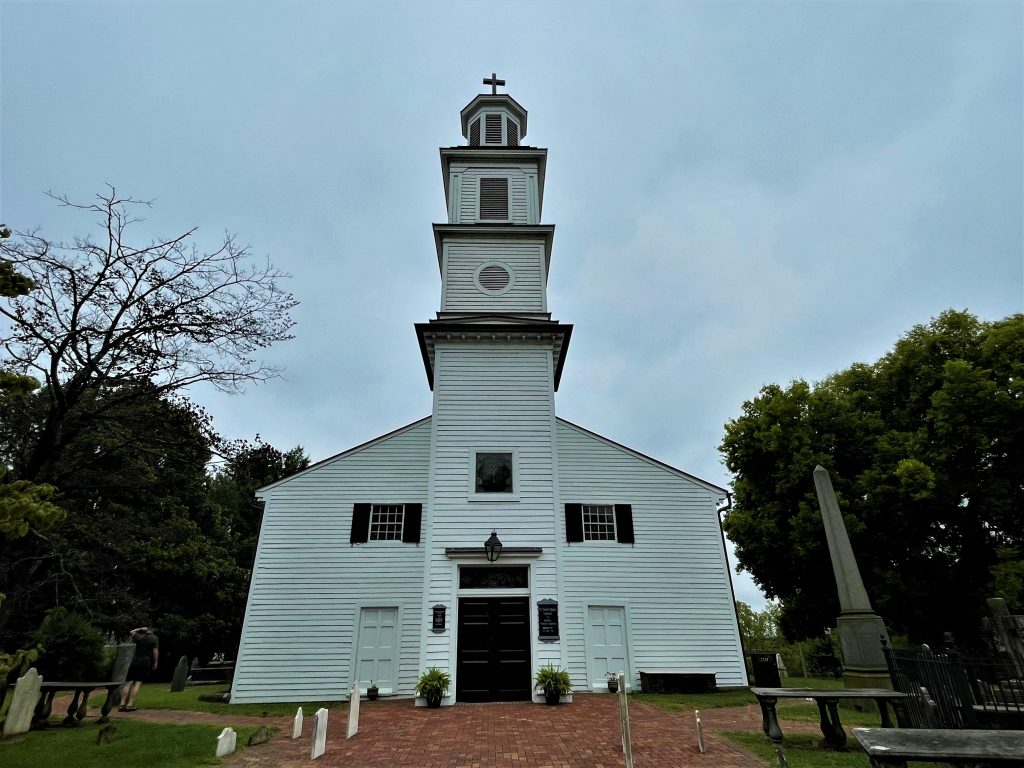
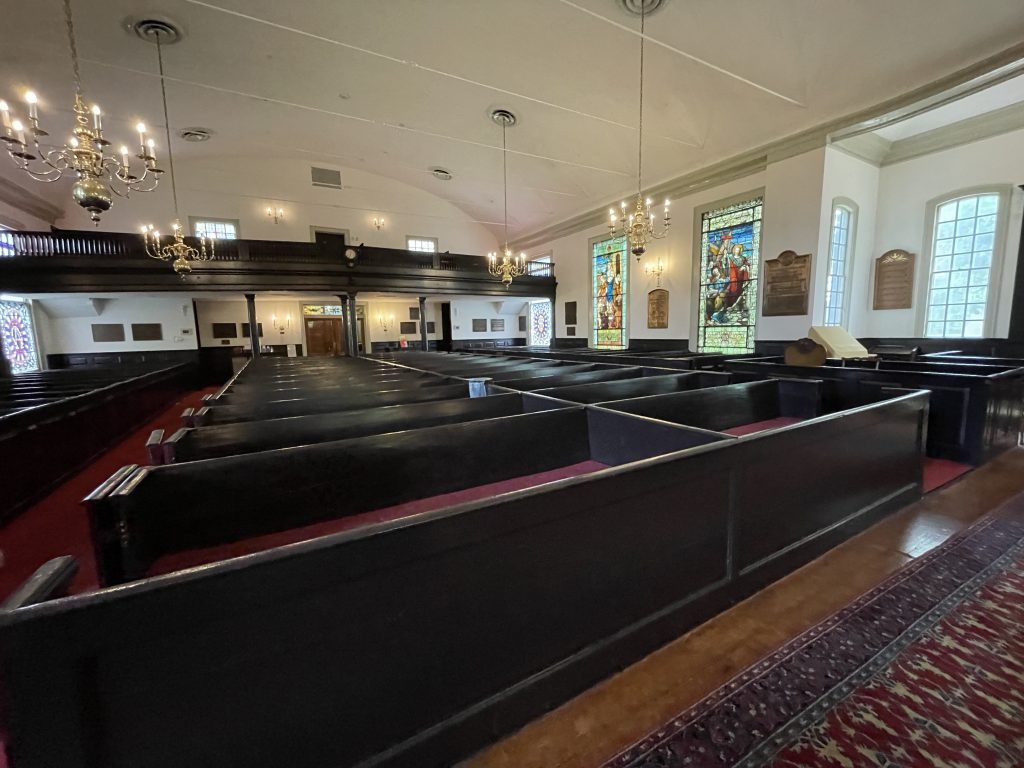
The back story of Henry’s speech is that up in Boston, there were some tea-related shenanigans going on, resulting in the Crown putting the squeeze on the Massachusetts colony by shutting down Boston Harbor.
When word of this punishment reached Virginia, the elite members of the colony’s legislative assembly, the House of Burgesses, were none too pleased, as their exports also depended on the trade routes that included Boston. The representatives voted to respond to the Massachusetts blockade with their own radical — radical! — action — to engage in a day of fasting and prayer.
Shocked by this “revolutionary” response, the royal governor of the Virginia colony promptly banished the House of Burgesses from its home in Williamsburg, Va., and forbade them from meeting.
Not to be dissuaded, the group reconvened in Raleigh in August 1774 in a meeting known as the First Virginia Convention where they elected officers, pledged supplies, and banned commerce with England. Then, in March 1775, the delegated reconvened in Richmond, a bit further from Williamsburg so as to allow for ample warning if the King’s forces caught wind of their rebellion and set out after them.
The site of this Second Virginia Convention was a further betrayal of King and country as it was held in St. John’s Church. The church was not only one of the few buildings that could hold the entire delegation, but Reverend Miles Selden, heretofore duly ordained by the Church of England, was sympathetic to the cause, despite the great risk to himself.
The delegates at this second friendly get-together included such notables as Thomas Jefferson and George Washington, along with 118 other men. Discussing what was happening in Boston and seeing the writing on the wall, the group hotly debated the issue of raising local militias to stand ready to protect the Colony’s interests. The risks to commerce and personal property for these men were great, but then Patrick Henry offered a fiery speech on March 23, 1775:
If we were base enough to desire it, it is now too late to retire from the contest. There is no retreat but in submission and slavery! Our chains are forged! Their clanking may be heard on the plains of Boston! The war is inevitable and let it come! I repeat it, sir, let it come. It is in vain, sir, to extenuate the matter. Gentlemen may cry, Peace, Peace but there is no peace. The war is actually begun! The next gale that sweeps from the north will bring to our ears the clash of resounding arms! Our brethren are already in the field! Why stand we here idle? What is it that gentlemen wish? What would they have? Is life so dear, or peace so sweet, as to be purchased at the price of chains and slavery? Forbid it, Almighty God! I know not what course others may take; but as for me, give me liberty or give me death!
Patrick Henry
Henry’s passionate voice swayed the vote in favor of the measure to call up local militias in the Colony, though it passed by just a few votes.
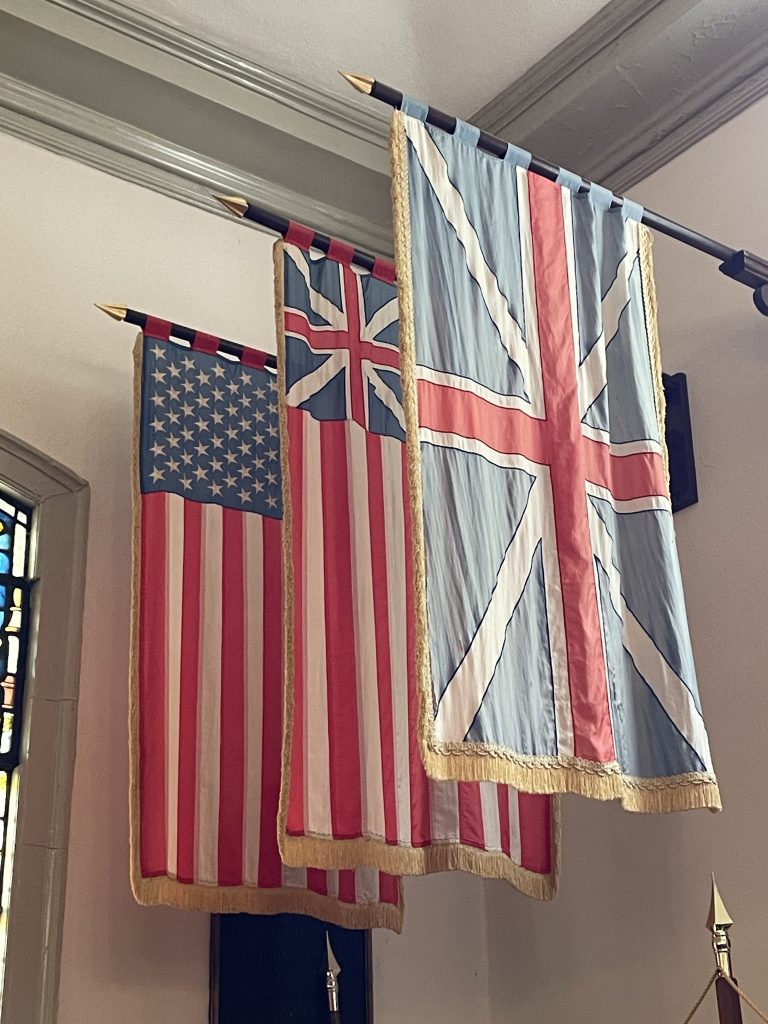
In less than a month, shots were exchanged at Lexington and Concord in Massachusetts, and the American Revolution really did begin. The militias that had been formed in the previous weeks helped enable the colonists to put up a fight.
The church as it stands today is much larger than it was at the time of the famous speech, having been expanded several times over the years. Our enthusiastic tour guide helped paint the picture of the scene and outlined the structure as it would have been.
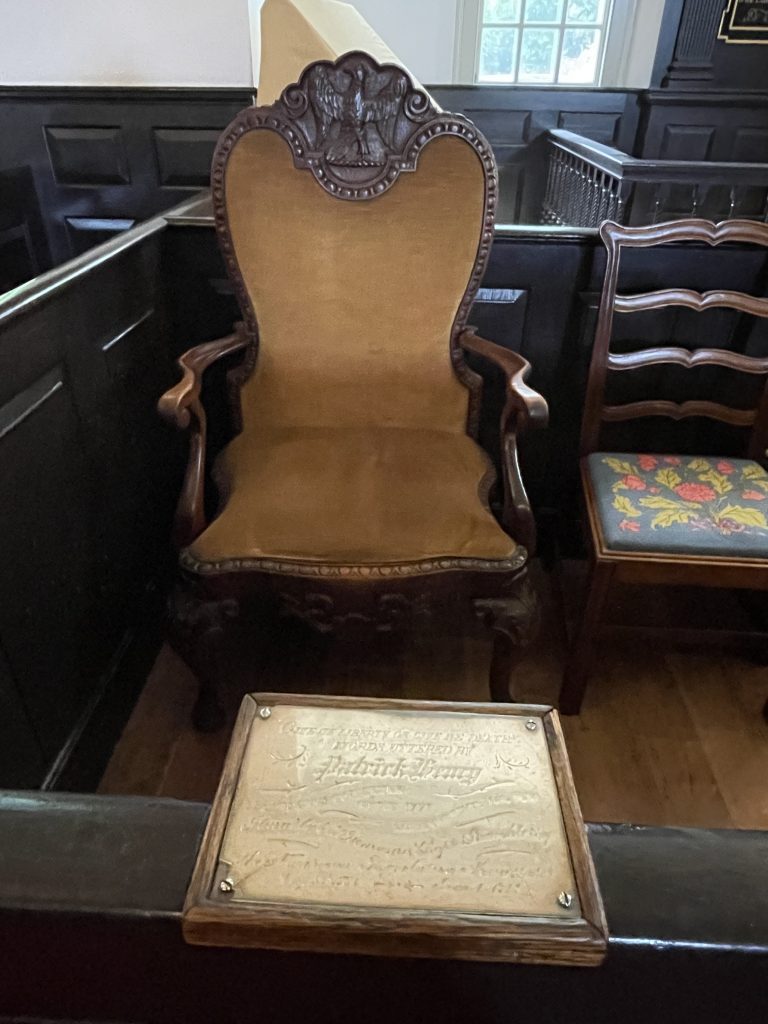
Amazingly, the Church stood strong during the Civil War when much of Richmond was destroyed or damaged.
St. John’s is still an active church today. In addition to church functions, graveyard tours, and historic tours, one can attend reenactments of the famous scene, though with just a handful of delegates instead of the original 120.
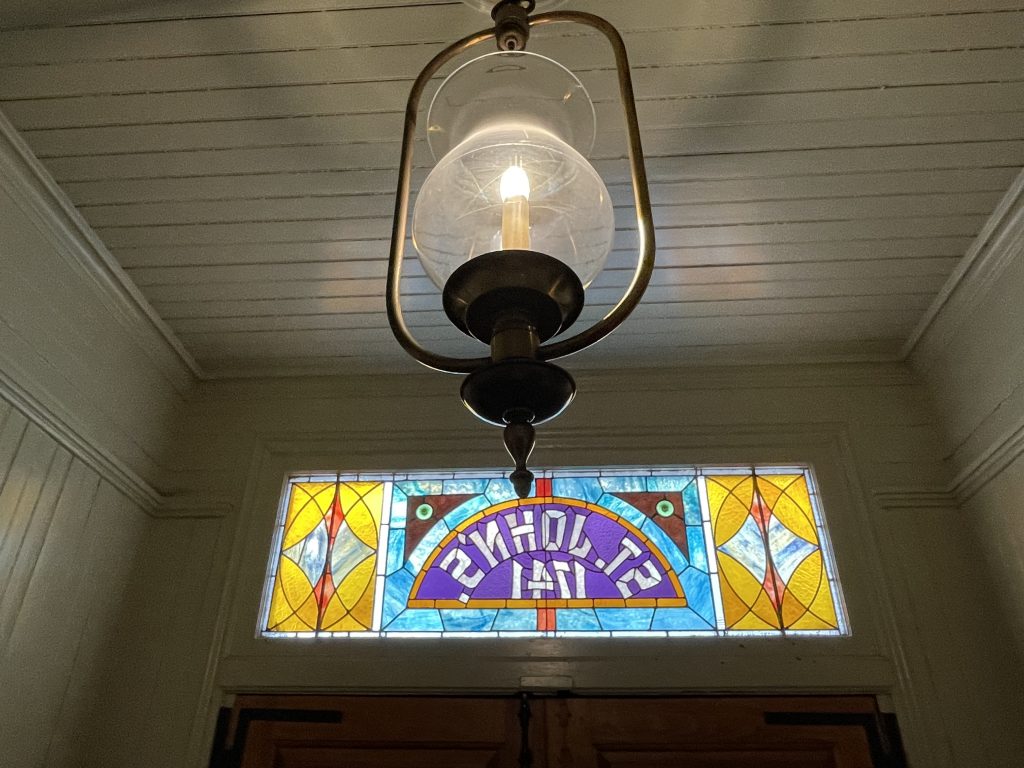
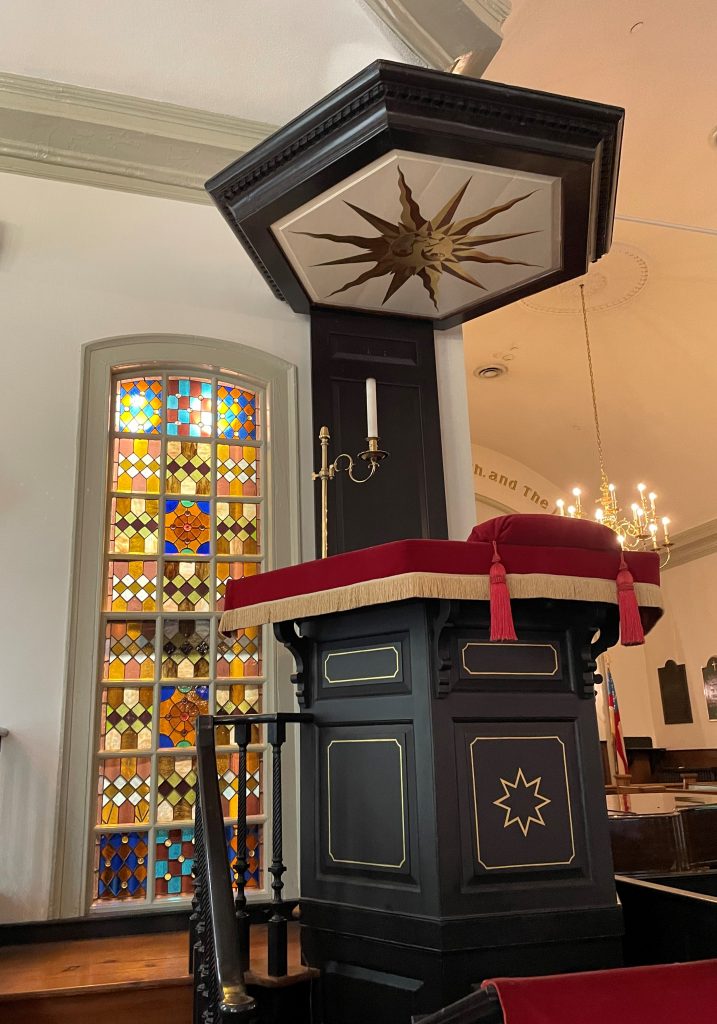
One other note of literary interest: In a far corner of the graveyard, far from the church itself and the graves of other good pious folk, stands a monument to Edgar Allen Poe’s mother. She died when Edgar was three years old, and her occupation as an actress — who performed for money on the stage! — meant her social status was only one step above professional “working woman.” The City of Richmond had arranged with St. John’s Church to allow the burial of those who were not members of the church, and so Mrs. Poe came to rest here in an unmarked grave, exact location unknown. In the 20th century after her son’s fame was well-established, literary fans raised the funds to erect a monument on the site.





Thank you! So few of us know or remember the details of this prelude to the War and the machinations of courageous men of good conscience who believed in fighting for democracy over a monarchy with larger armies that would snuff it out.